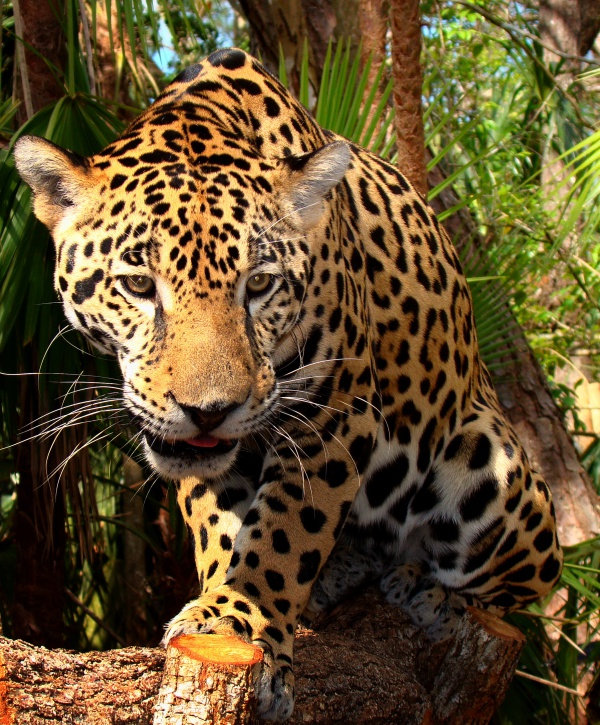Facts About Jaguar
The jaguar is a large cat native to the Americas and the only member of the Panthera genus found in this region. These majestic creatures can be found from the southwestern United States through Central and South America, thriving in tropical and subtropical forests. Jaguars are the largest cats in the New World and rank third in size globally, following the lion and the tiger. Though they resemble leopards, jaguars are larger and more muscular. As apex predators, jaguars play a crucial role in maintaining the balance of their ecosystems by regulating prey populations.
The name "jaguar" originates from the Tupian word "yaguara" meaning "beast of prey." Unfortunately, jaguars are listed as Near Threatened on the IUCN Red List due to their declining numbers, primarily caused by habitat loss and fragmentation. Conservationists are working to protect these remarkable animals by establishing protected reserves and educating ranch owners to reduce conflicts. Jaguars are strict carnivores, relying solely on meat, and are renowned for their expert ambush hunting tactics.
Jaguars are solitary animals. Male jaguars have large territories that may overlap with the territories of several females. Female jaguars give birth to up to four cubs, which remain with their mother for one to two years before venturing out to establish their own territories. Due to their elusive nature and the inaccessibility of their habitats, accurate population counts are challenging to obtain.
In ancient cultures, jaguars were symbols of power and strength and were venerated by various civilizations. Today, the jaguar continues to be a powerful symbol, featured in national emblems, sports team logos, and luxury brands. However, jaguars face significant threats from habitat destruction, poaching, and human-wildlife conflicts. To ensure the survival of these magnificent creatures for future generations, ongoing conservation efforts are essential.

 Guatemala
Guatemala